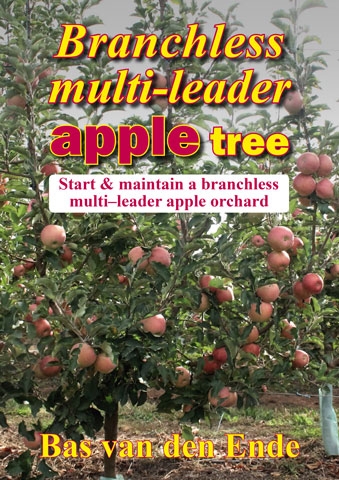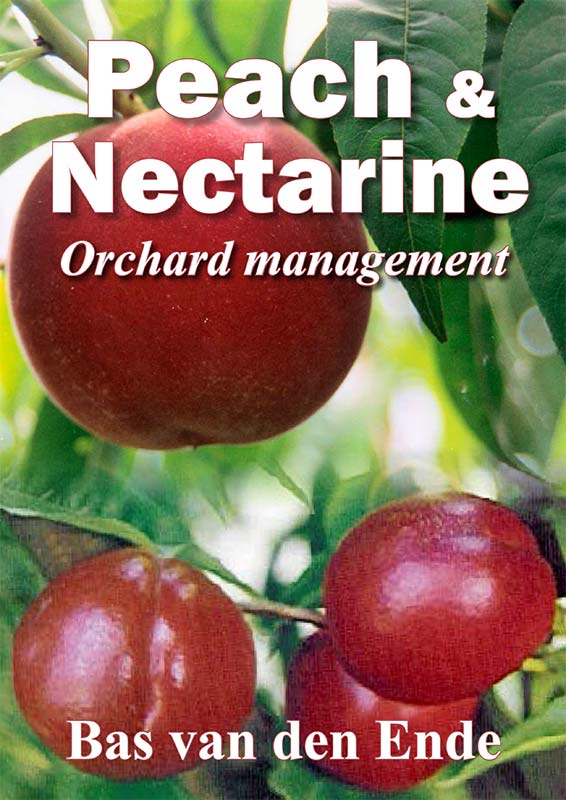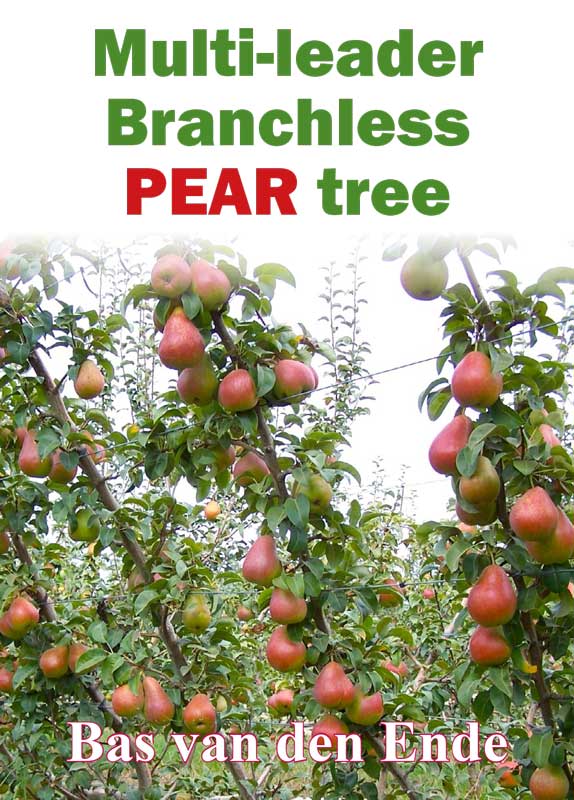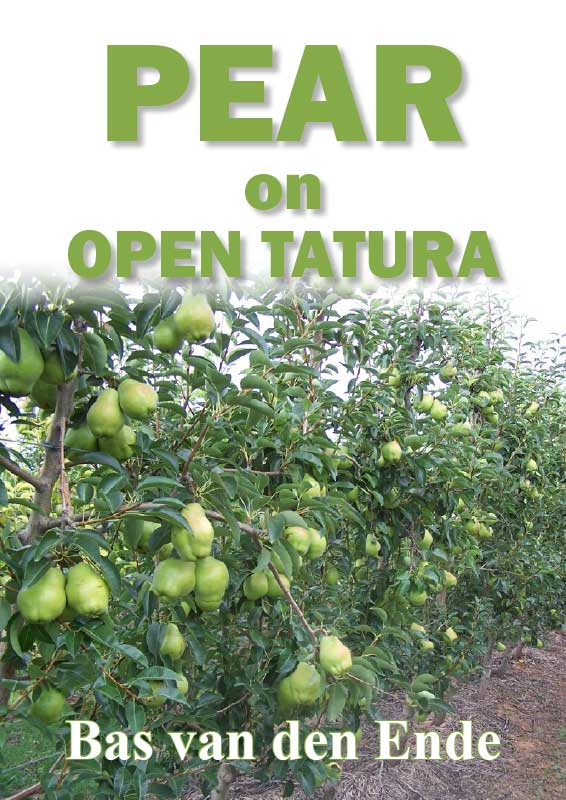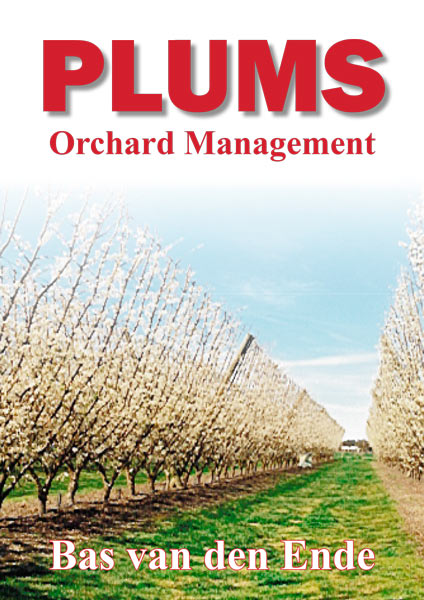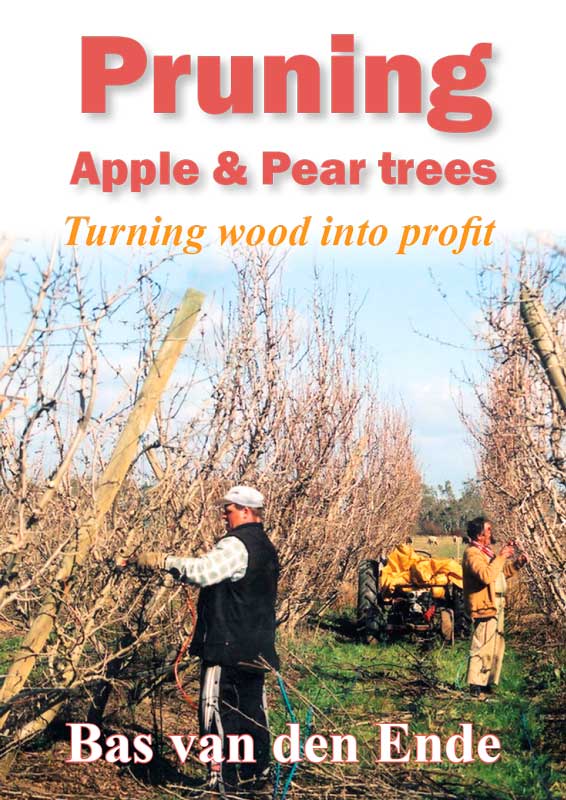The Tatura Trellis and the Tatura System of Soil Management were R&D models that revolutionised fruit growing in the Goulburn Valley and placed Tatura amongst world leaders in horticultural research.
Revolutionary & successful models abandoned
If we had continued this work and replicated these models to other branches of the tree-fruit industry, orchardists would probably have been as internationally competitive and efficient as fruit growers in Chile, New Zealand and South Africa are today.
Unfortunately, the Victorian government and the tree-fruit industry did not keep the momentum going, forcing the region’s fruit growers to rely on research carried out more than 25 years ago, and on results from generic research generated overseas with different climates, growing conditions, costs of production, varieties and rootstocks.
Slow, steady decline in R&D
There have been no major production improvements in pome and stone fruit R&D in Australia for over 25 years.
State governments have continued to make budget cuts to their horticultural R&D and extension services. Most, if not all, horticultural research facilities in Australia have closed or have ceased to function effectively.
No direction or vision is affecting competitiveness
Leadership is lacking, and staff is demoralised—there is no direction or vision for the future.
Career development with industry funding is now basically a lottery. Current research in production of tree-fruit by the Department of Primary Industries (DPI) is mostly short-term, piecemeal and insufficiently flexible to enable research to adapt to emerging needs.
R&D is no longer part of a coordinated approach to solve major problems of the tree-fruit industry in the 21st century.
Australia is slipping further behind its global competitors because R&D funding has been eroded.
Poor substitutes fill the research gap
The decline in horticultural research, extension and teaching has been obvious for years, but nobody has done anything about it.
The vacuum left by the then DPI was partially filled with projects such as Future Orchard 2012; occasional field days and orchard nights run by grower organizations; rootstock and variety evaluations on private properties; and demonstration orchards on private properties funded by the tree-fruit industry and Horticulture Australia Ltd (HAL).
These projects provided some technical information but are no substitute for world-class cutting-edge research relevant to the modern tree-fruit industry.
R&D to refine the Tatura Trellis
R&D to refine the Tatura Trellis as an orchard system has remained virtually stagnant for the last 18 years and most likely will remain so.
Bleak future for horticulture
What are we going to do about it? What will it take to keep the tree fruit industry competitive long term in the global economy?
continued next month
For more information see Tree Fruit March 2014


